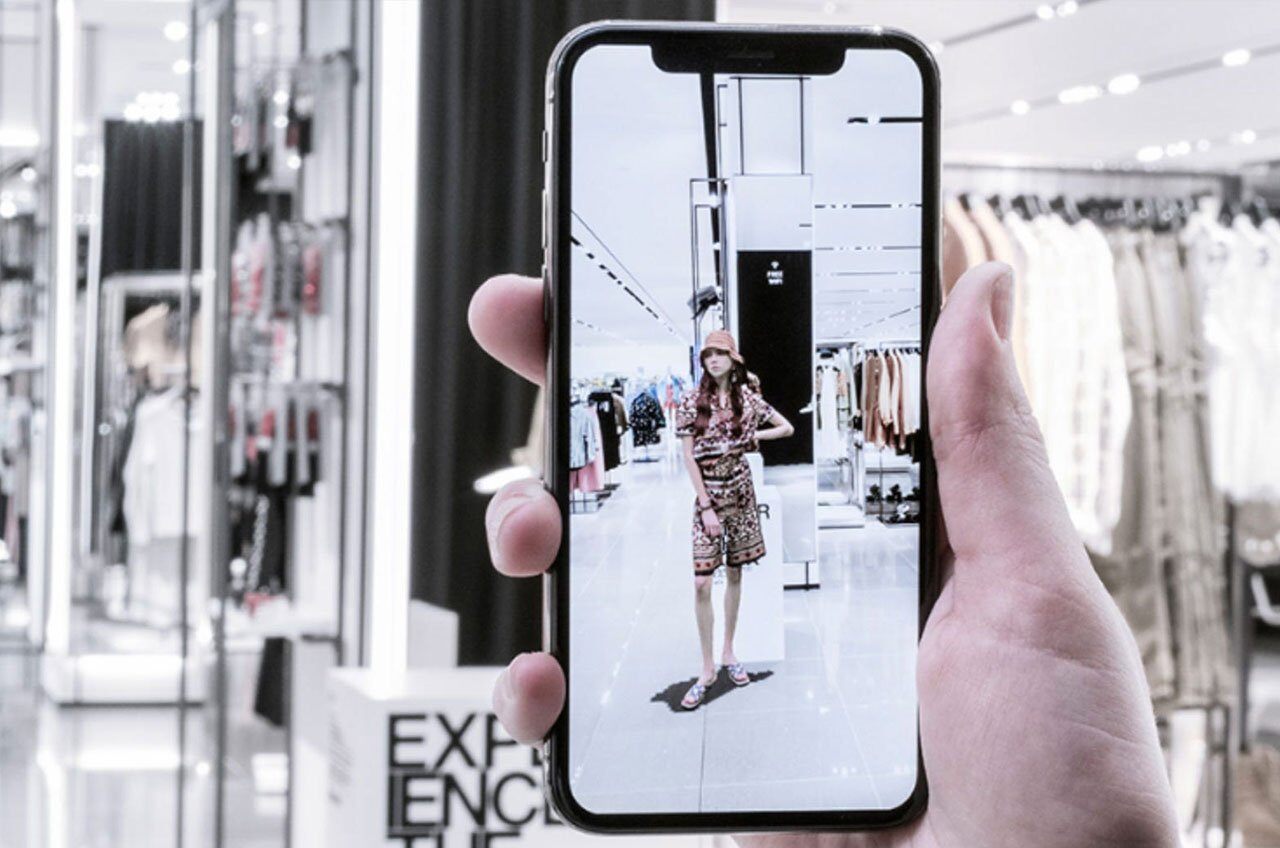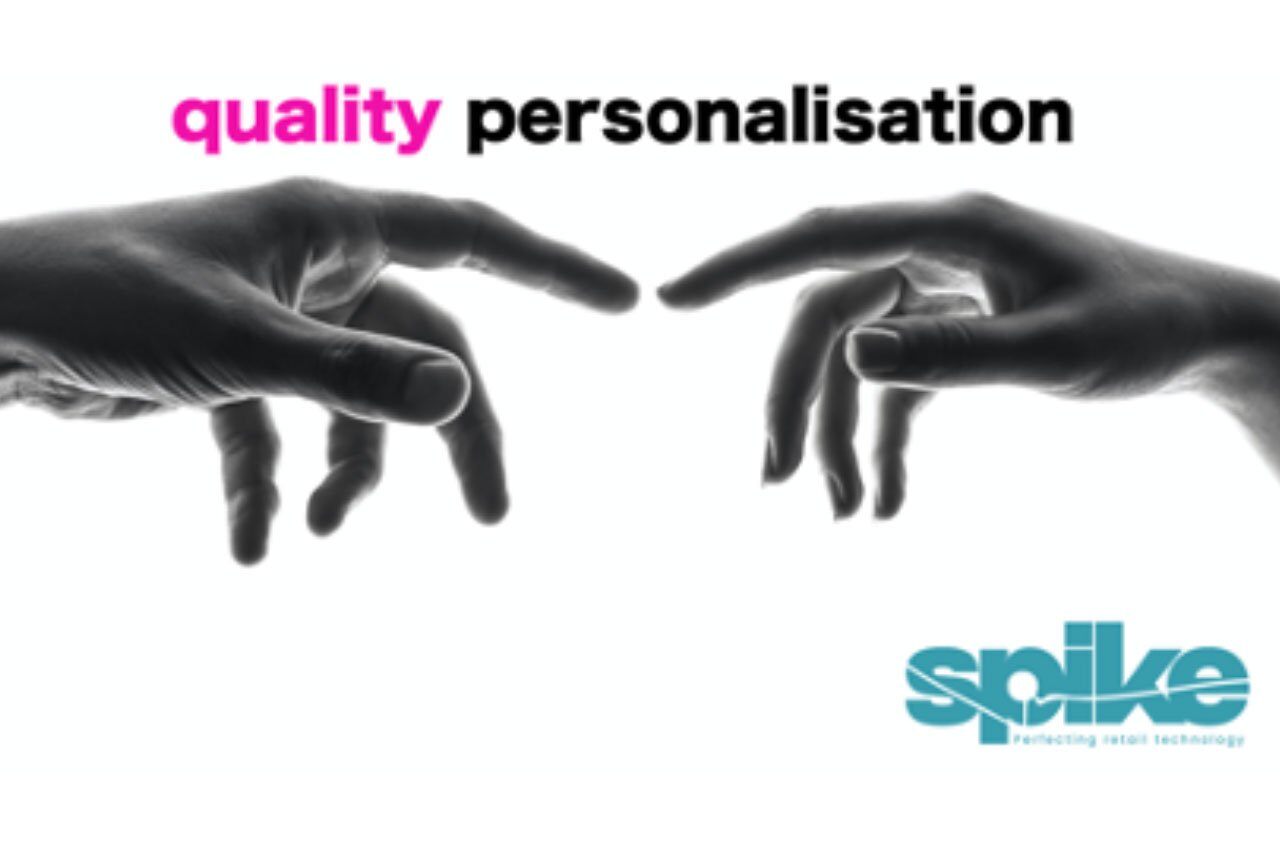Personalisation needs Quality Tech, Intelligence & Trust or its Pointless
Personalisation needs quality tech, intelligence & trust or it's pointless

Brands are building experiences at the front end of the shopper journey to engage customers on a new level. In-store screen technology has been key in this activity. Here are some examples of how brands are innovating directly in-store to win customers over and fight for wallet share.
Levi’s London store opened in October 2020 puts sustainability and tech front and center of the shopping experience. They enable customers to access new product solutions:

M&M’s World, London store is a highly immersive experience allowing customers to engage with the brand physically and through screens to:
Customers are highly encouraged to share their experiences on social to deepen the impressions gained from each customer's experience.
The Lego store in Leicester Square again has interactive screens so customers can enjoy a unique and personalised in-store shopping experience allowing them to:
The massive store at the Battersea Power Station is a tech-driven space integrating Zara’s women’s, men’s, children’s, and home collections. The store is:
All these features mean these brands can offer an experiential omnichannel experience, combining the advantages of physical retail with the convenience of online shopping. Tying these channels and deeper brand experiences together is what retail is all about now.

Personalisation needs quality tech, intelligence & trust or it's pointless

Unless you're Bill Gates, you probably didn't predict the Coronavirus pandemic or anticipate its impact on socialising, shopping and working over the...

AI-Powered Technology is Fundamentally Changing Retail As AI-powered technology continues to evolve, we can expect to see even more innovation in the...

Who’d have thought when walking on the street someone wearing a mask and people keeping their distance from you would be the norm? There are a lot of...